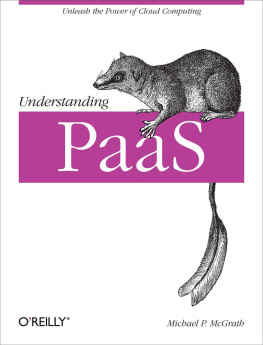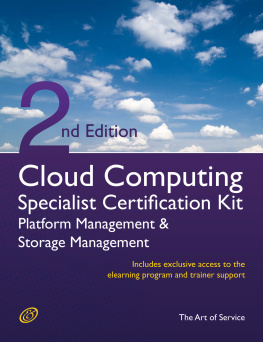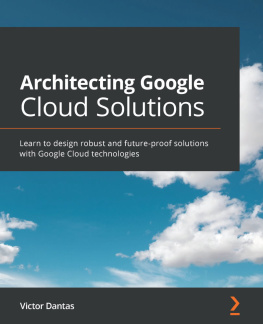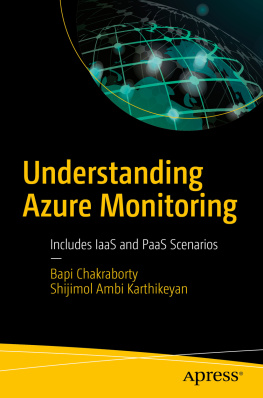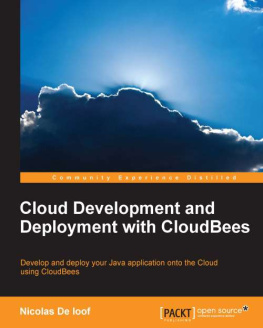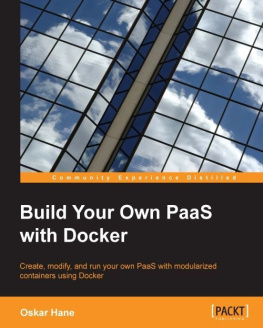Safari Books Online is an on-demand digital library that lets you easily search over 7,500 technology and creative reference books and videos to find the answers you need quickly.
With a subscription, you can read any page and watch any video from our library online. Read books on your cell phone and mobile devices. Access new titles before they are available for print, and get exclusive access to manuscripts in development and post feedback for the authors. Copy and paste code samples, organize your favorites, download chapters, bookmark key sections, create notes, print out pages, and benefit from tons of other time-saving features.
OReilly Media has uploaded this book to the Safari Books Online service. To have full digital access to this book and others on similar topics from OReilly and other publishers, sign up for free at http://my.safaribooksonline.com.
How to Contact Us
Please address comments and questions concerning this book to the publisher:
| OReilly Media, Inc. |
| 1005 Gravenstein Highway North |
| Sebastopol, CA 95472 |
| 800-998-9938 (in the United States or Canada) |
| 707-829-0515 (international or local) |
| 707-829-0104 (fax) |
We have a web page for this book, where we list errata, examples, and any additional information. You can access this page at:
| http://shop.oreilly.com/product/0636920023128.do |
To comment or ask technical questions about this book, send email to:
For more information about our books, courses, conferences, and news, see our website at http://www.oreilly.com.
Find us on Facebook: http://facebook.com/oreilly
Follow us on Twitter: http://twitter.com/oreillymedia
Watch us on YouTube: http://www.youtube.com/oreillymedia
Chapter 1. What Is Cloud Computing?
Cloud computing is a funny business. The term itself is sometimes derided by technical professionals as meaningless. Yet, companies of all sizes, from the largest enterprises to small start-ups, are taking a serious look at it. Even the luddites are taking notice. So what is cloud computing? Why is it here? Perhaps most importantly, how much does it cost? These are all topics covered in this book. The focus is on how to utilize the cloud as a tool, not how to create and operate a private cloud.
At a high-level view, cloud computing provides a way for developers to focus exclusively on coding. It provides a way for systems engineers to finally offload some of the projects that have crept up over the years and continue to plague their time. With cloud technologies, architects can quickly prototype new technologies with minimum commitment and cost. These same technologies allow executives to better control and predict cost as well as remove much of the waste created by traditional computing. The differences between traditional computing and cloud computing are nuanced but many.
The rest of this chapter discusses the differences between the three primary cloud computing areas: Software as a Service (SaaS), Infrastructure as a Service (IaaS), and Platform as a Service (PaaS), pronounced sass, pass, and i-a-a-s, respectively. Keep in mind that the field is new and changing. Rapid innovation of this kind causes the lines between IaaS, PaaS, and SaaS to blur, sometimes significantly. It wont always be obvious whether something is PaaS or IaaS but the difference between them isnt nearly as important as understanding the concepts of how to properly utilize these technologies.

